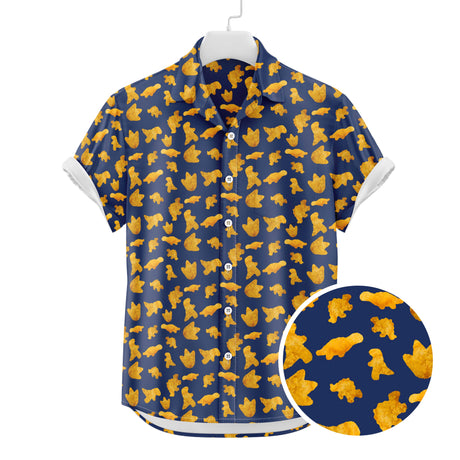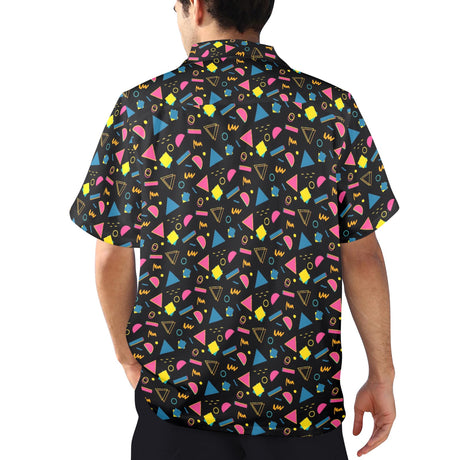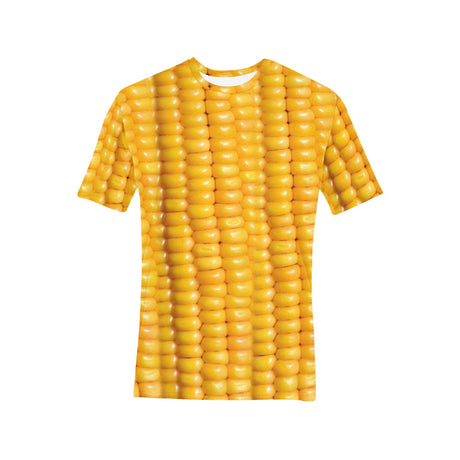Have you ever wondered what causes those colorful arcs to appear in the sky after a rain shower? Well, get ready to have your mind blown because we're about to dive into the science behind rainbows. Brace yourself for a journey through light, water droplets, and a touch of magic!
How Does a Rainbow Form?
Let's start with the basics. A rainbow is formed when sunlight passes through raindrops in the air. As the light enters the droplet, it undergoes a process called refraction, where it bends and separates into its different colors. This is similar to how a prism splits light into a spectrum.
But wait, there's more! The light doesn't stop there. It then reflects off the inside surface of the droplet and exits, creating a beautiful arc of colors. It's like a mini disco party happening in the sky!
Why Are Rainbows Circular?
Now, here's where things get really interesting. You might be thinking, "But rainbows look like semicircles, not full circles!" Well, you're partially correct. The part of the rainbow that we see is indeed a semicircle, but the full circle is actually there, hiding just below the horizon.
Imagine yourself standing in the middle of a giant bubble. The inside surface of the bubble is where the magic happens. When light enters a raindrop, it bounces off the back surface and exits at an angle of about 42 degrees. This angle is crucial because it determines the shape of the rainbow. The 42-degree angle ensures that the light from all the raindrops within that angle reaches your eyes, forming a semicircle.
So, the next time you spot a rainbow, remember that there's a whole circle of colors out there, just waiting to be discovered!
Double Rainbows: Twice the Fun!
Now, get ready for a mind-blowing bonus round: double rainbows! Yes, you read that right. Sometimes, if you're lucky, you might spot not one, but two rainbows in the sky.
So, how does this happen? Well, it's all about the reflection and refraction of light within the raindrops. In a double rainbow, the second arc appears above the primary rainbow and has its colors reversed. It's like a mirror image of the first rainbow, and it's twice as awesome!
But wait, there's more! If you look closely, you might notice a dark band between the two rainbows. This is called Alexander's band, named after the Greek philosopher who first described it. It's a region where there is less light, making it appear darker compared to the surrounding sky.
The Pot of Gold Dilemma
Now, we can't talk about rainbows without addressing the age-old question: Is there really a pot of gold at the end of a rainbow? Well, as much as we'd love to believe in leprechauns and their hidden treasures, the truth is a bit more elusive.
Since rainbows are optical illusions, they don't have a physical location. So, no matter how hard you try, you won't be able to reach the end of a rainbow and find that elusive pot of gold. But hey, the real treasure is the joy and wonder that rainbows bring to our lives!
So, the next time you see a rainbow, take a moment to appreciate the science, the beauty, and the magic behind it. And who knows, maybe, just maybe, you'll find a little bit of gold in the form of happiness and awe.
















